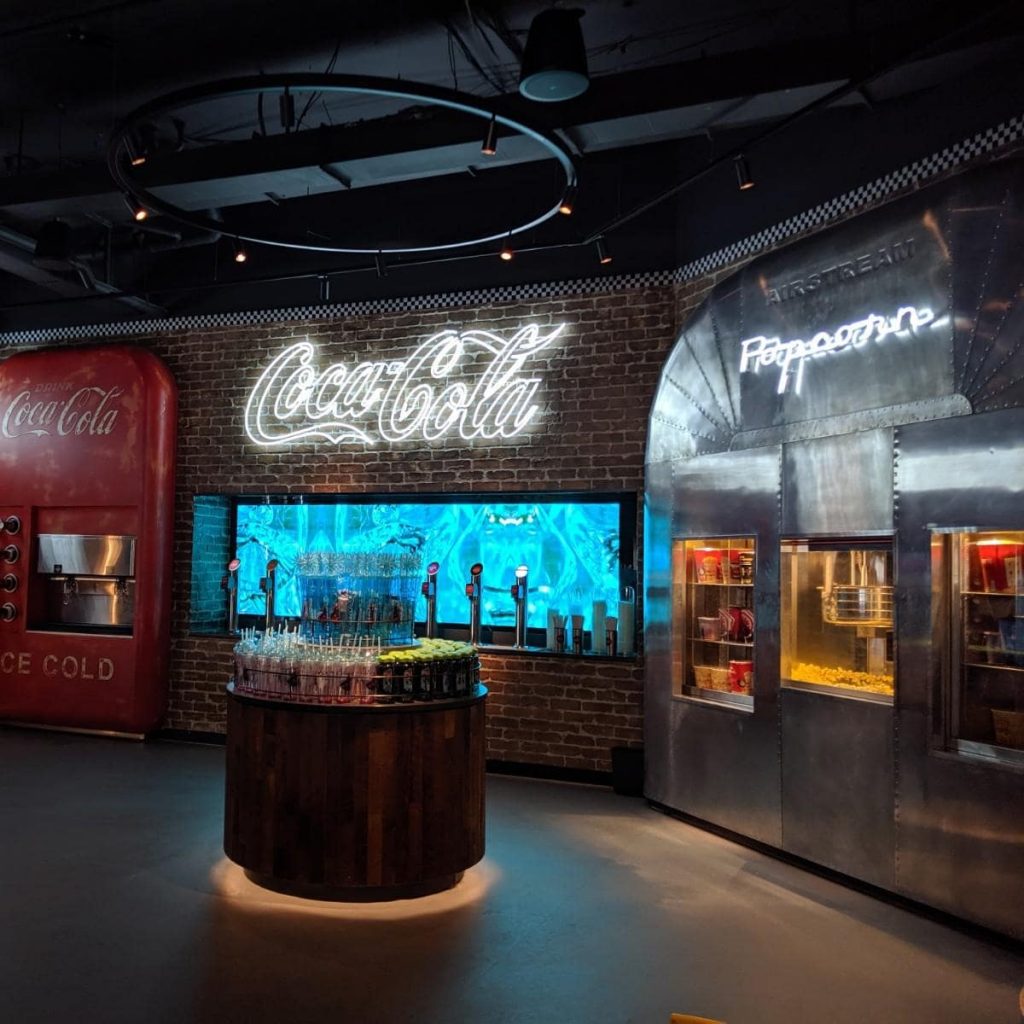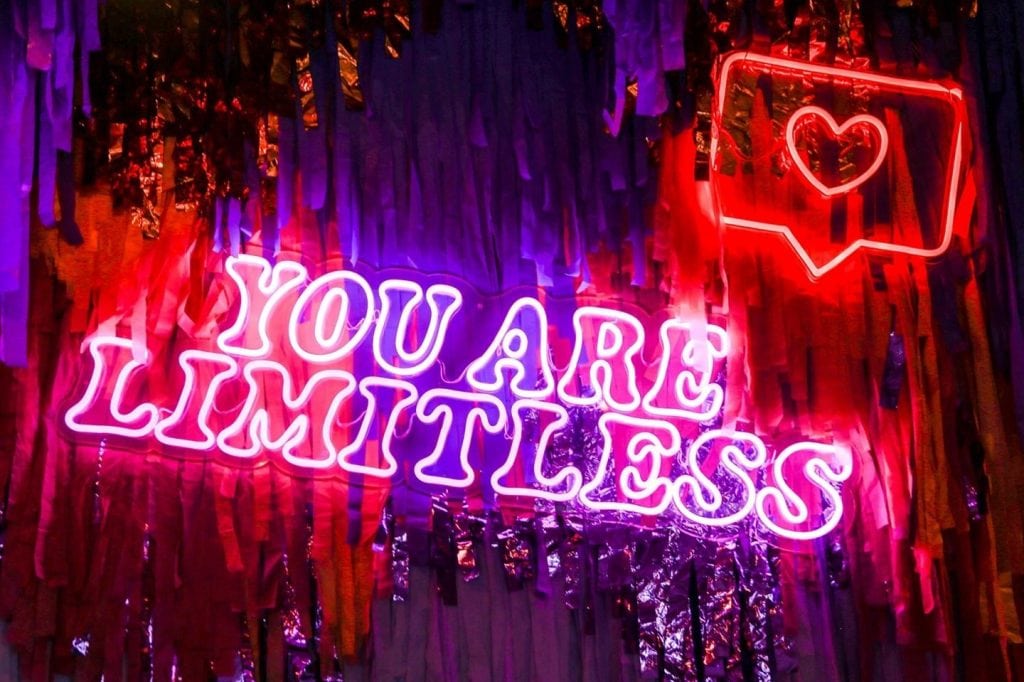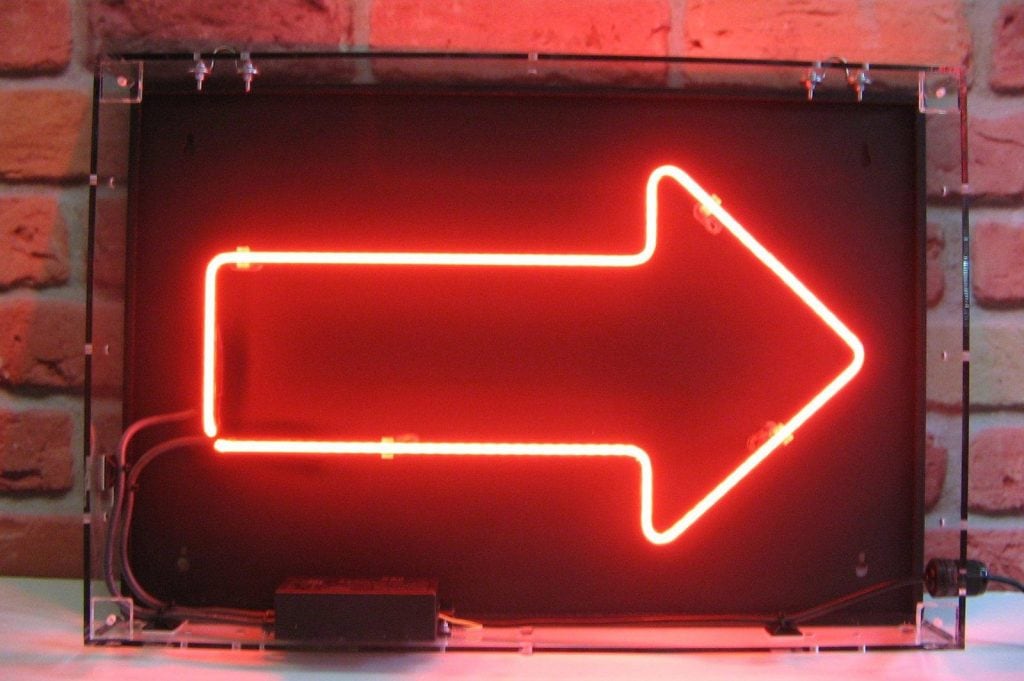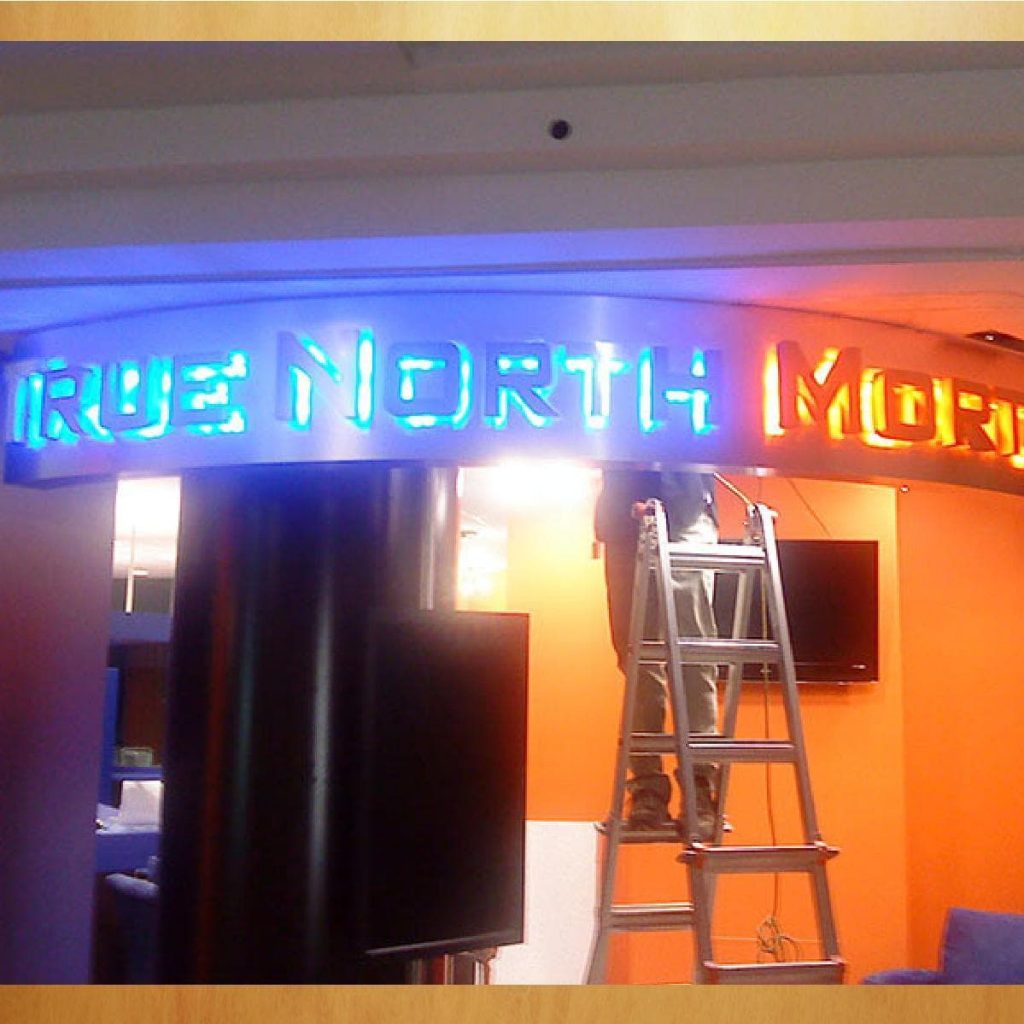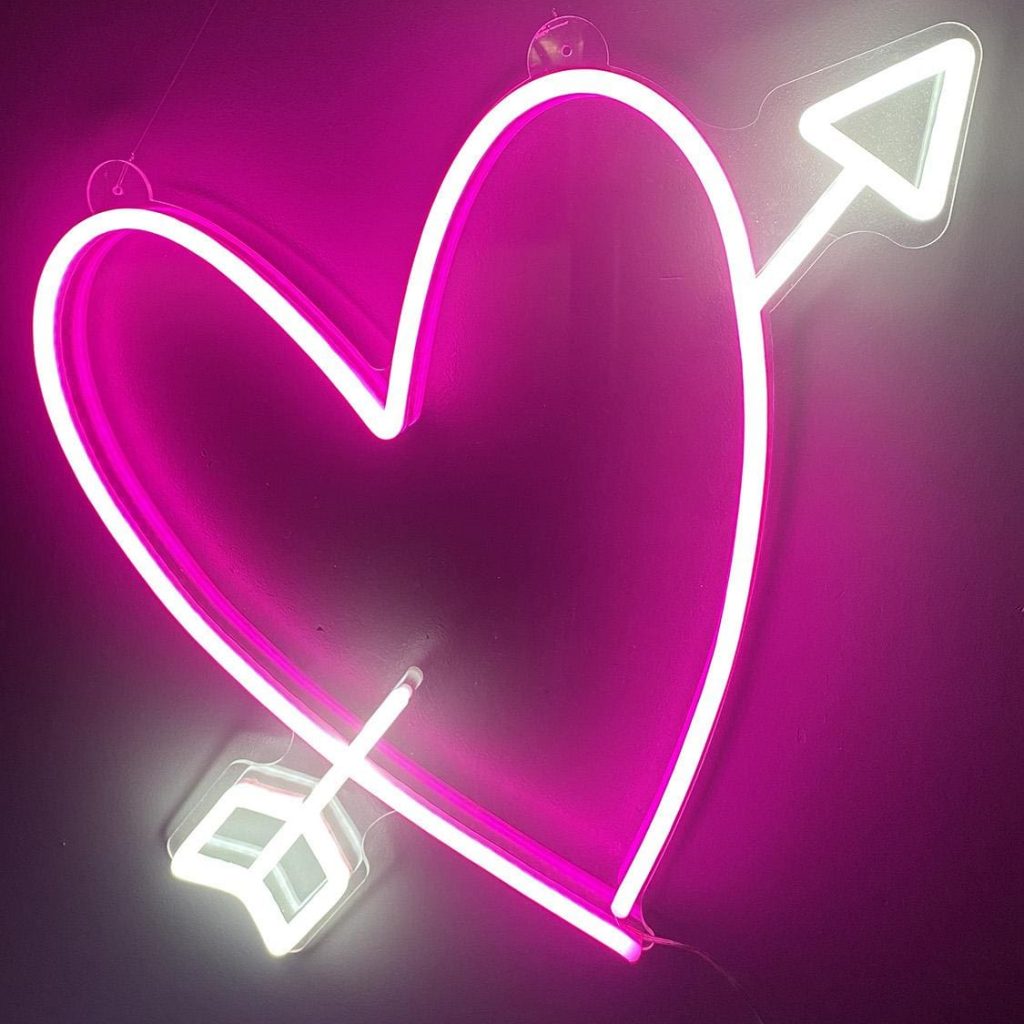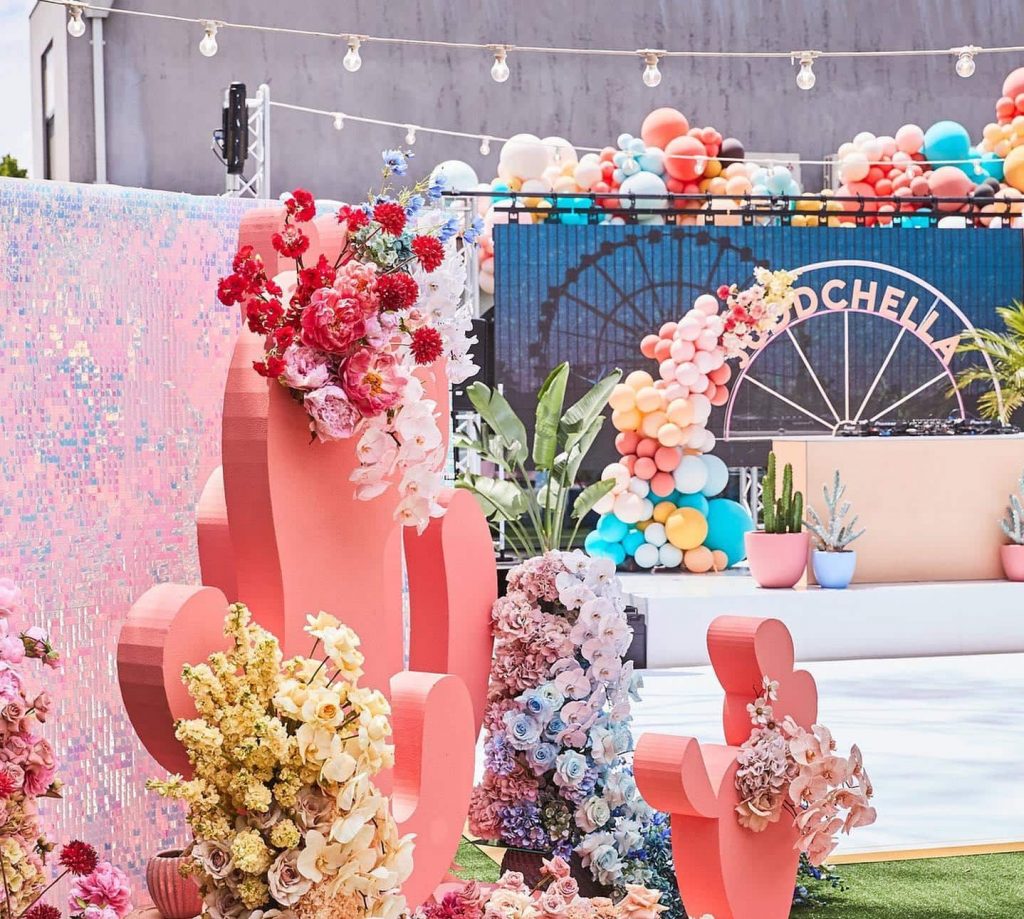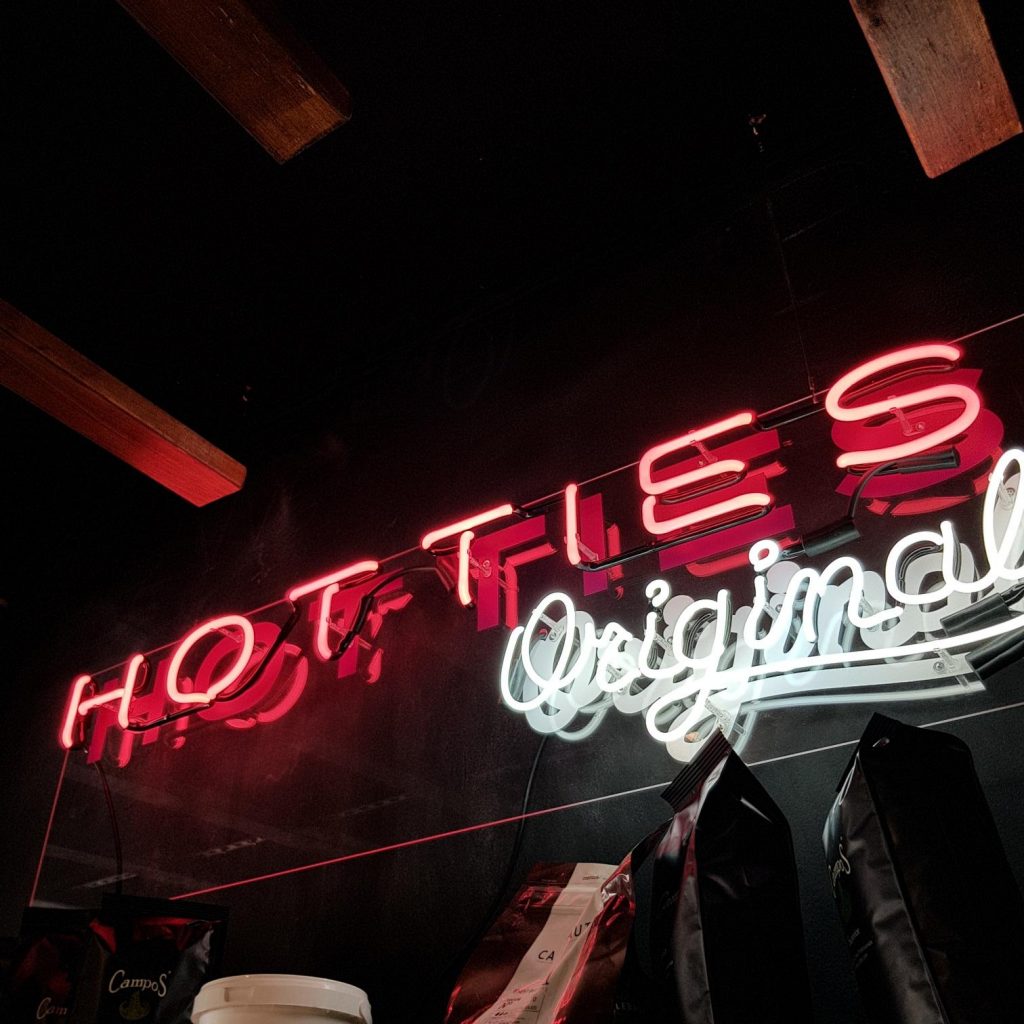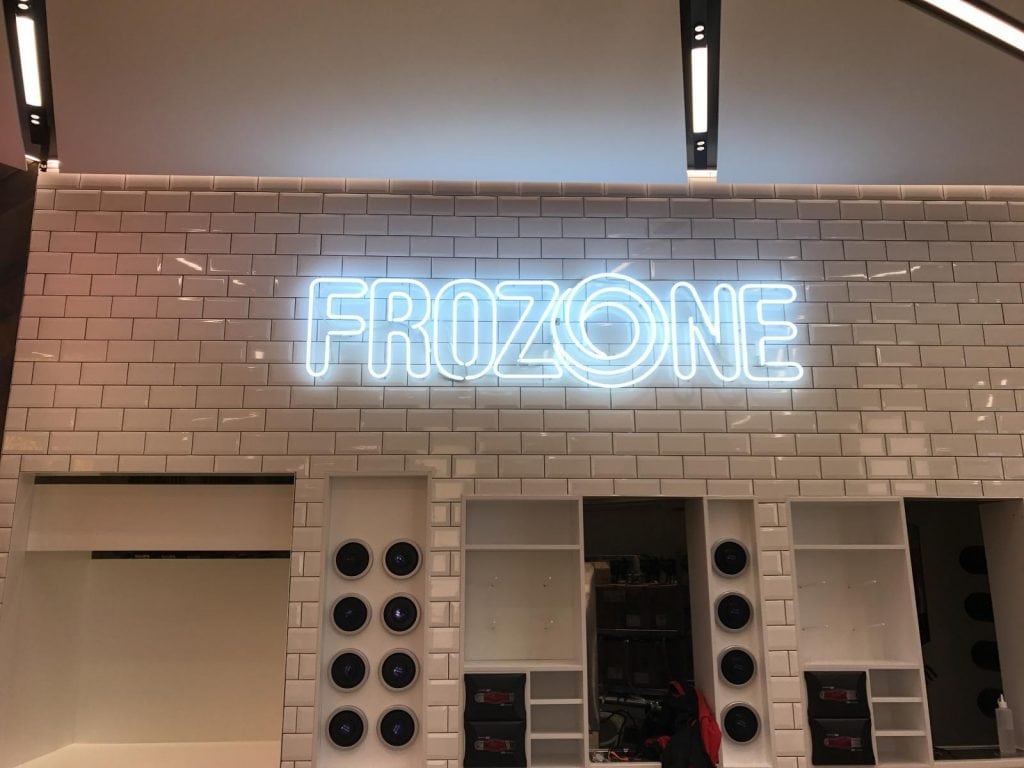When the mercury drops, we rush from cars to door in our woolen mittens, thinking only of the ice on our feet and the following place we may find warmth. But in your haste to get out the door, you can forget about a few things related to the weather and your company's lighting and signs.
Protecting your business's outdoor signage from the elements is crucial, whether it's an illuminated sign on the side of a building or a sign staked into the ground. Conditions in the atmosphere are prone to wildly fluctuating, with days getting very hot and nights getting very cold.
As the mercury drops, everyone takes extra precautions to be warm, including cranking up the thermostat and breaking out the mittens. However, signs don't do well in chilly climates either. But there are measures you may take to ease their transition to the new season.
What is actually happening?
It is not the neon's fault if the sign dims in the cold. Argon is a slug. Different amounts of neon red, argon blue, and mercury vapour white are pushed into coloured or transparent glass tubes to create the full range of colours found in "neon" signs.
While neon gas can withstand the elements, argon gas freezes easily. The Greek origin of the name Argon is the word meaning sloth. To produce a brilliant light, even under ideal conditions, a little amount of mercury vapour is needed.
Under 45 degrees Celsius, the atoms of argon slow down, and the gas emits a dim light; mercury vapour condenses back into small droplets, and the element's UV light is turned off. Because the mercury gives out and the argon is so feeble in a "white neon" tube at room temperature that it can hardly light by itself, the tube glows a rosy pink. White neon is more susceptible to the effects of cold than other colours, but all neon will dim at extreme temperatures.
When the temperature rises, the tubes in the sign, which are currently dark or pink in which the gas is still most active near the electrodes, should return to their regular colour and brightness. However, one tube on the verge of failure can be pushed over the edge by the onset of freezing temperatures.
It's not necessary to contact for service if only one or two tubes are dull, but you should get it looked at if the weather heats up and the lights still aren't bright enough.
Either a leak is present or the internal gas supply has run dry, necessitating a refill.
Neon signs can appear unappealing or broken if the temperature dips below a certain point. Cold temperatures trigger this effect because they alter the condition of gases. Neon, however, is an inert gas, therefore it cannot be held responsible.
Moreover, neon has the smallest liquid range of any gas, between 248.45 and 245.95 degrees Celsius (415.21 and 410.71 degrees Fahrenheit), making it a potential cold-weather survivor.
Low temperatures have an effect on the gases used to create the various neon sign hues. The two most frequent gases utilised to fabricate neon signs are neon and argon. Neon, as was already said, is also resistant to the cold.
Alternatively, argon has a notable response at low temperatures.
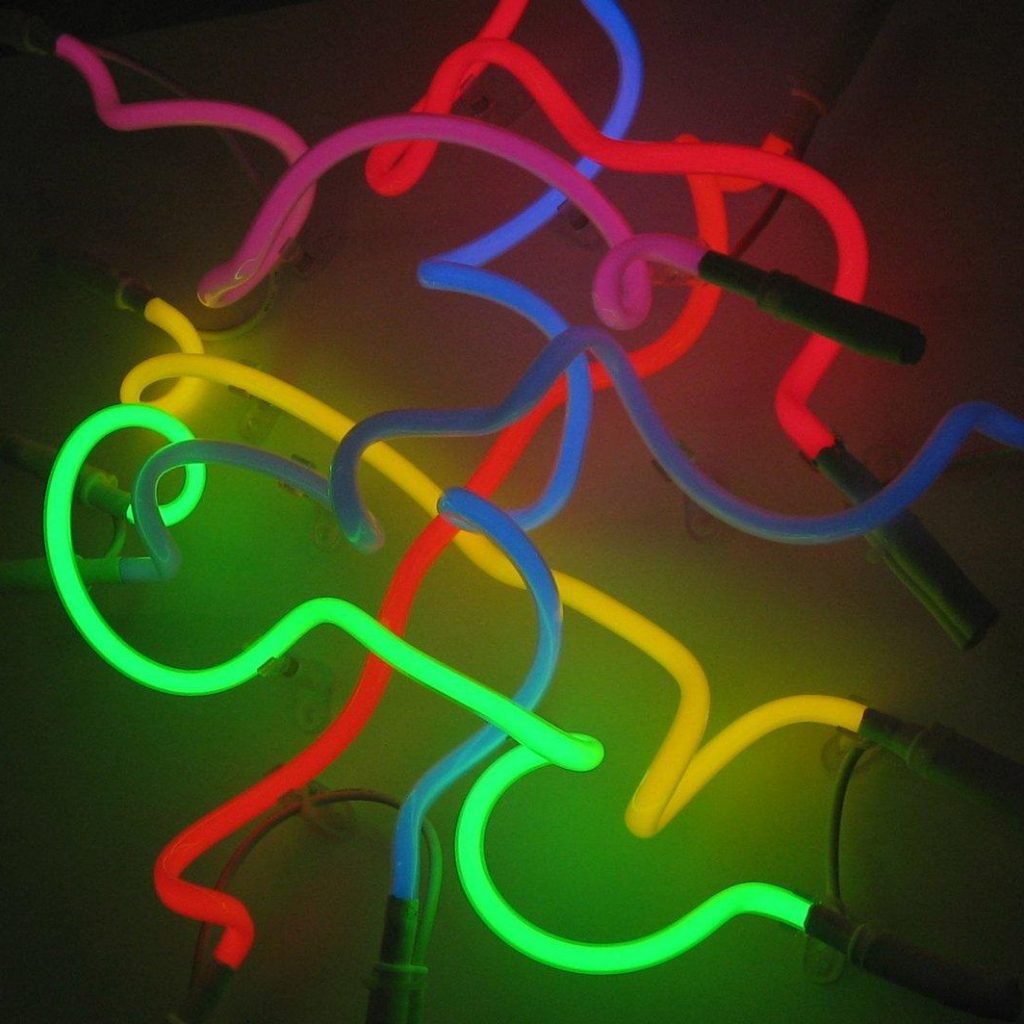
Therefore, as the temperature drops, argon gas-powered neon signs will dim, flicker, or go dark altogether.
Neon sign gas is often best used in a warm environment. The use of electricity results in thermal energy, as scientific research has shown. Neon signs use a special gas that, when confined in a tube and struck by an electrical current, generates heat and quickly gives off a distinct hue.
Neon signs' tubes turn dim or pinkish when this process is disrupted by cold temperatures.
Different Kinds of Neon Signs
Pure Neon
Neon gas is the only light source for these signs made of glass. They give off red photons, which shine through as extremely brilliant red neon. Signs made of pure neon are less likely to freeze.
Neon/Argon Blend
A little amount of argon is mixed with the neon to produce multiple hues, making this sort of sign similar to pure neon signs. A neon sign's brightness and performance in the winter will be affected by the ratio of argon to neon, which itself is affected by the temperature outside. Also, in cold weather, they dim or flicker more than conventional neon signs.
Neon/Helium Blend
Because of the addition of helium, the optimal temperature for these signs is significantly reduced. When backlit, their emitted blue light is so intense that it may be seen from vast distances at night. Neon signs with a mixture of helium and argon, especially those in blue, green, yellow, or white, are more likely to fade at cool temperatures.
In Cold Weather, How to Maintain Your Led Neon Sign?
Neon signs evoke images of sultry summer evenings, classic Hollywood splendour, and far-flung tropical locales.
It's true that the sign isn't ideal for the colder months, but with the correct decorations, it may serve its purpose just as effectively as it does in the warmer months.
Neon signs may be more commonly associated with warmer regions, but there's no reason they wouldn't work in a frosty setting. Even if you'd rather stay inside where it's warm, a few easy adjustments to your typical setup can help you contribute to preserving that chill atmosphere.
After all, when you're not in the mood to be cool, what could be better than a dazzling display of neon lights? We've included some pointers for utilising these indicators in the winter to get you started on your own changes.
Make Sure Your Sign Is Well-Maintained
The first step in ensuring that your sign continues to function properly is to give it regular maintenance.
If you're only going to be displaying the sign inside, you might not think this is necessary, but it's important to keep in mind that these machines are rather fragile and can easily break if not properly cared for.
Even if your sign is outside in the elements, you should still make sure to keep the temperature within a specified range so that it can continue to function properly.
You can either consult the box the sign came in or go online to find the most up-to-date recommendations for neon sign upkeep.
By keeping up with routine maintenance, you can extend the life of your signs and avoid the inconvenience and expense of repairing or replacing a damaged sign. It's also important to remember that, for reasons of safety, it's probably law that you get your neon sign examined by a licensed neon sign contractor once every few years.
Avoid Strong Lighting
Although installing neon lights in your sign is a good first step in getting ready for the cold, there are a few adjustments you can make to boost its efficacy if you want it to be more noticeable. It is essential to keep any lights, whatever of their nature, in the shade at all times.
You do not want the pattern on the neon sign to be washed away by anything, not even direct sunshine or streetlights, so keep it away from any windows or bulbs that are nearby. If at all possible, you should position your sign so that it is not in the path of any lights that may be in the area.
In order to prevent glare, if your sign is placed too near to a window you should either install shades or draw the curtains.
Choose LED Lights
Generally speaking, warm temperatures are ideal for using neon lights.
Condensation accumulating inside the tube during cold weather is a serious risk that can result in a short circuit and the destruction of your sign.
If you're utilising a conventional transformer-style sign, many people will advise you to make the move to LEDs in order to avoid this issue.
LEDs are significantly more suited to frigid conditions since they can operate at lower voltages and generate less heat than neon lights.
However, if you're utilising an electronic sign, you don't have to worry about making this change. Most electronic signs use a voltage that is incompatible with LEDs, which is a major drawback of these displays. In other words, if you're using an electronic sign, you're pretty much out of luck as far as design goes.
Construct a Weather-Resistant Enclosure
Your LED sign will be safe from the elements if it is housed in an enclosure that is weather-resistant. Because you don't want any moisture to get into the hardware for your sign, this enclosure needs to have a very tight seal.
This includes ensuring that any wires are routed in such a way as to avoid moisture from entering the space where they are located. This enclosure should not only have a good seal, but it should also have adequate ventilation for the passage of air and heat, and it should be made out of weather-resistant materials that will not rust or wear out in the hard winter weather.
Go for a Closed-Loop Setup
In the case that condensation forms inside the sign, a system with a closed loop for air flow will prevent the condensation from reaching any of the components in the sign and causing damage to them. Because the top and bottom halves of the device in these configurations are physically distinct from one another, the display module can be considered to be totally isolated and shielded from dust and moisture.
The display unit incorporates all of the components that are susceptible to being harmed by moisture, including the control systems, sensors, media players, and the LED display itself.
Maintain Hardware Temperature

LED sign illumination has hardware on the inside that is designed to perform optimally only within a certain temperature range. A temperature range of 25 to -15 degrees Celsius should be considered for the functioning temperature range of outdoor signage.
Inquire with the specialists in charge of your company's signs about climate-controlled signage that features a temperature environment that is guaranteed to remain constant. A system that provides heating, ventilation, and cooling will be integrated into these kinds of signs so that the interior may be kept at the ideal temperature.
Choose Appropriate Tools
Be careful you purchase full exterior hardware if you're going to use LED sign lights for your outdoor sign. Hardware with a full outside rating is able to survive the outdoors, including winter circumstances, which can include things like fluctuating temperatures, intense cold, and dampness.
If you hire a professional to install your outdoor LED sign, there will be less of a chance that it will stop working due to the severe weather.
Monitor Your Sign
It is essential to perform routine checks on the sensors of your sign in order to safeguard it from any potential harm that could occur.
Utilizing an alert system that will notify you of any adjustments to the internal environment as well as defects in the system is one method for accomplishing this goal. If the sensors detect an issue with the sign, you will be able to solve the issues right away with the assistance of a sign specialist.
This will allow you to avoid other difficulties that could reduce the amount of time your sign will be functional.
Inquire with the sign professionals in your area about the possibility of incorporating a monitoring system into the installation of your LED sign lighting.
You can preserve your sign from the elements so that it will last through the tough winter months if you design it appropriately for outside use, properly install it, take the necessary precautions, and monitor it.
Conclusion
With the temperature falling, people are more concerned with staying warm. Red neon, blue argon, and white mercury vapour are pumped into coloured or clear glass tubes at varying pressures.
The effects of cold are more pronounced on white neon than on other neon colours.
At really high temperatures, neon lights will all dim. In order to create their distinctive glow and colour, neon signs use a specific gas that, when contained in a tube and touched by an electrical current, generates heat and emits a particular colour.
This process is disturbed by cold temperatures, causing the tubes in neon signs to become dim or pinkish in colour. Neon signs fueled by argon gas, on the other hand, will fade, flicker, or go out completely.
Colored neon signs made with a helium-argon blend, such as blue, green, yellow, or white, are more susceptible to fading in the cold.
If you're displaying the sign indoors, you still need to make sure the temperature stays within a certain range for it to work properly. Avoid having your sign directly in the direction of any adjacent streetlights or other sources of overhead illumination.
Nothing, not even intense sunlight, should be able to erase the design from the neon sign. Your sign should be enclosed in something that can withstand the elements. Hardware used to power LEDs in illuminated signs is optimised for use only within a narrow temperature range. Full exterior rated hardware can withstand the elements, even in the winter. Having a professional install your outdoor LED sign can reduce the likelihood of damage from wind and rain.
Content Summary
- Protecting your business's outdoor signage from the elements is crucial, whether it's an illuminated sign on the side of a building or a sign staked into the ground.
- It is not the neon's fault if the sign dims in the cold.
- It's not necessary to contact for service if only one or two tubes are dull, but you should get it looked at if the weather heats up and the lights still aren't bright enough.
- Neon signs can appear unappealing or broken if the temperature dips below a certain point.
- Low temperatures have an effect on the gases used to create the various neon sign hues.
- Neon, as was already said, is also resistant to the cold.
- Alternatively, argon has a notable response at low temperatures.
- Therefore, as the temperature drops, argon gas-powered neon signs will dim, flicker, or go dark altogether.
- Neon sign gas is often best used in a warm environment.
- Neon signs use a special gas that, when confined in a tube and struck by an electrical current, generates heat and quickly gives off a distinct hue.
- Neon signs' tubes turn dim or pinkish when this process is disrupted by cold temperatures.
- A neon sign's brightness and performance in the winter will be affected by the ratio of argon to neon, which itself is affected by the temperature outside.
- Neon signs with a mixture of helium and argon, especially those in blue, green, yellow, or white, are more likely to fade at cool temperatures.
- It's true that the sign isn't ideal for the colder months, but with the correct decorations, it may serve its purpose just as effectively as it does in the warmer months.
- After all, when you're not in the mood to be cool, what could be better than a dazzling display of neon lights?
- We've included some pointers for utilising these indicators in the winter to get you started on your own changes.
- The first step in ensuring that your sign continues to function properly is to give it regular maintenance.
- Even if your sign is outside in the elements, you should still make sure to keep the temperature within a specified range so that it can continue to function properly.
- By keeping up with routine maintenance, you can extend the life of your signs and avoid the inconvenience and expense of repairing or replacing a damaged sign.
- Although installing neon lights in your sign is a good first step in getting ready for the cold, there are a few adjustments you can make to boost its efficacy if you want it to be more noticeable.
FAQs About Neon Lights and Signs
While the average lifespan of a neon sign is eight to fifteen years, many of them last much longer than that. A sign's lifespan can be shortened by leaving it on for extended periods of time, and it also increases the risk of overheating and electrical surge damage.
Neon signs, which were common from the 1920s to the 1960s and again in the 1980s, require them to create the bright, eye-catching displays of colour that are their hallmark.
The neon glass tubes in the metal conduits are linked together by high-voltage electrical wires. When temperatures get too high, the wires powering the sign can melt, rendering it useless in whole or in part.
Believe it or not, no electricity is required here, despite the fact that many people think they must plug it in. When excited by either electricity or ultraviolet light, gas molecules release electrons, causing the gas to glow.
Neon signs are stunning to behold, but they pose a danger if they aren't regularly serviced. Injury from shattered glass, electric shock, or a fire hazard are all examples of the dangers that could arise.


